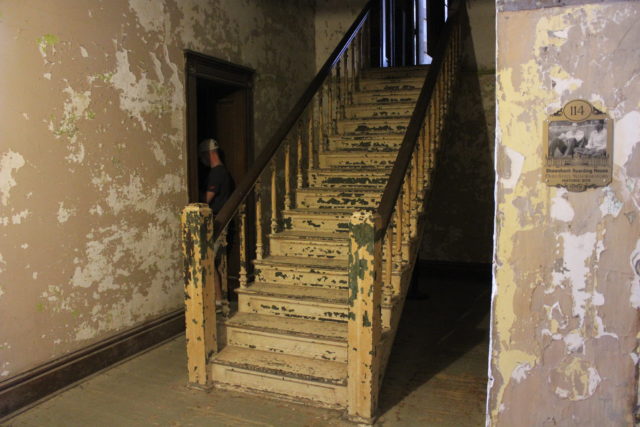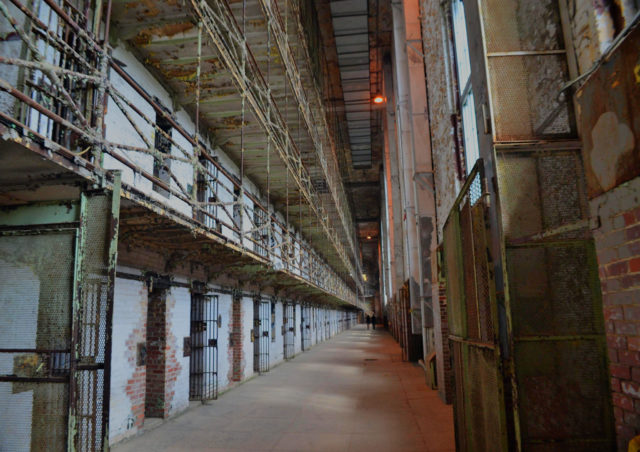An abandoned State Reformatory is located in Mansfield, Ohio, USA. It is most commonly known as Mansfield Reformatory, and the state and the city managed to raise more than 1 million US dollars for its construction.
The original purpose of this prison was the humane rehabilitation of young offenders who had committed their first crime.
The architect was Leti T. Scofield from Cleveland, and various stages of construction work were carried out under the supervision of F. F. Schnitzer. Work was repeatedly delayed due to financial problems, so it took from 1886 to 1910 to complete the building.
It was Schnitzer who brought Scofield’s project to life, using three architectural styles to create this distinctive building: Victorian Gothic, Richardsonian Romanesque, and Queen Anne. The Romanesque style, in particular, gives the outside of the building a castle-like feel.
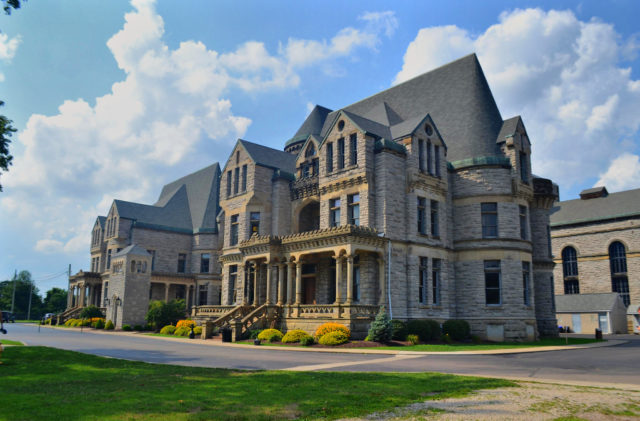
The prison finally opened its doors on September 15, 1896. In the late 1800s and early 1900s, there were many offenders. The correctional facility’s first intake was 150 prisoners, although it ultimately went on to hold a peak of 5,235 prisoners. These first inmates were set to work immediately on the walls and the sewage system.
There were two large cell blocks in this prison: the East Cell Block and the West Cell Block. The East Cell Block, at six tiers high, holds the record as the largest freestanding steel cell block. The front stairwell is also made of carved steel, a feature that helps prevent fires.
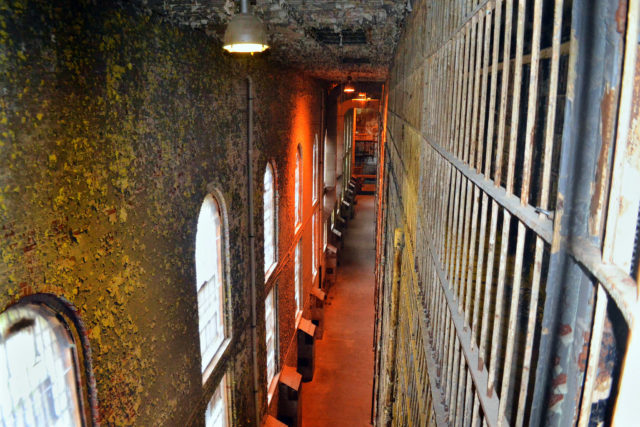
Despite the fact that the penitentiary’s purpose was initially well-intentioned, almost immediately the prison’s reputation and conditions deteriorated. Prisoners claim that there were many illnesses and plenty of violence.
Also, small solitary cells with a toilet and a bed were built for the punishment of prisoners. Sometimes more than 100 people could be locked in such cells for several days.
The year 1948 saw the demise of a prison farmer and his family. Later, one warden suffered a heart attack in prison and passed on. Ultimately, during the entire period of the prison’s operation, there were 200 fatalities, including two guards who were overwhelmed by prisoners trying to escape.
Eventually, civil rights activists managed to get the prison shut down. In 1986, the U.S. Federal Court issued an order to close the prison, but the facility only closed in December 1990, which was when the construction of a new facility directly opposite the old prison had been completed.
In 1995, the Mansfield Reformatory Preservation Society (MRPS) was founded to turn the prison into a museum. The former prison has now opened its doors to the public and offers organized tours. The goal is to restore the building and protect against further destruction.
Currently, not only excursions but also various events are held on the site of the former prison. Visitors can even see some of the scenery that remained after the filming of the movie The Shawshank Redemption in 1994. After this film made the prison famous, it became the location for several movies, television shows, and videos.
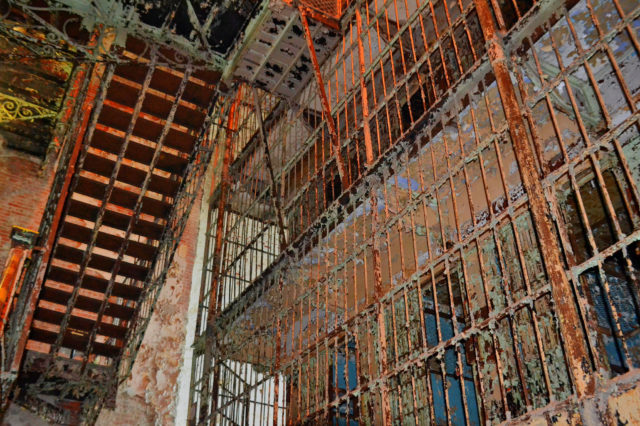
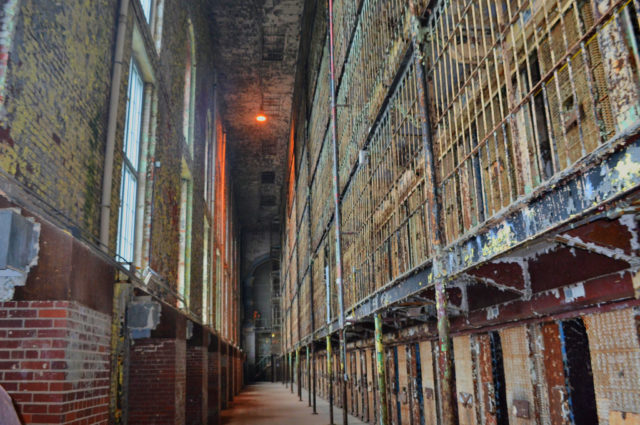
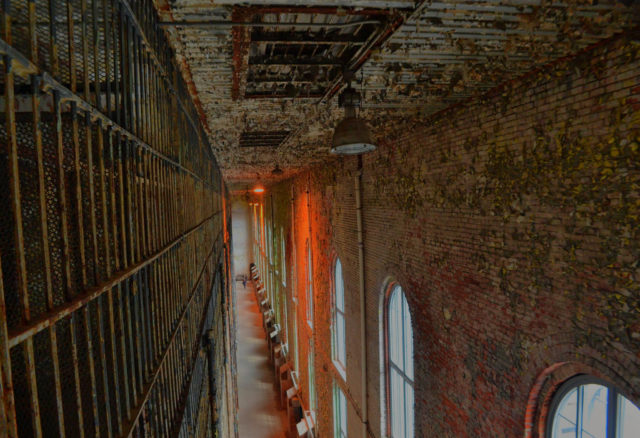
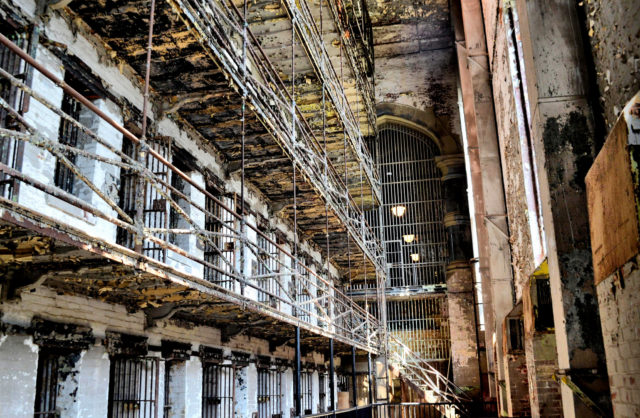
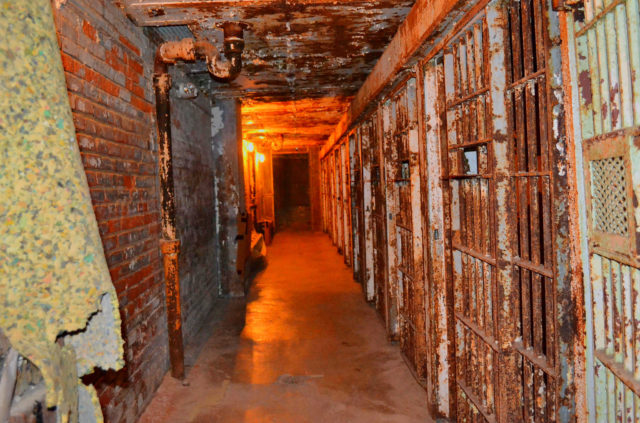
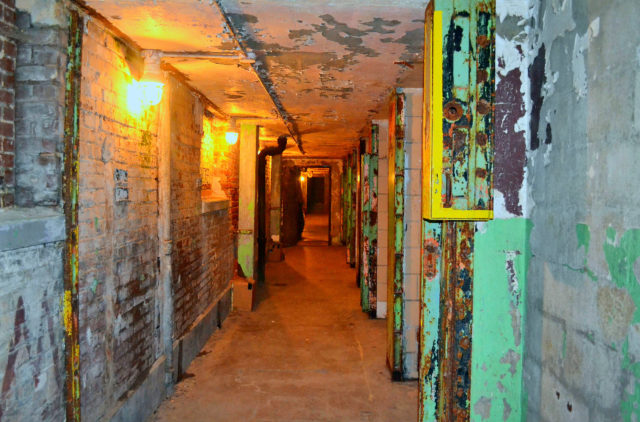
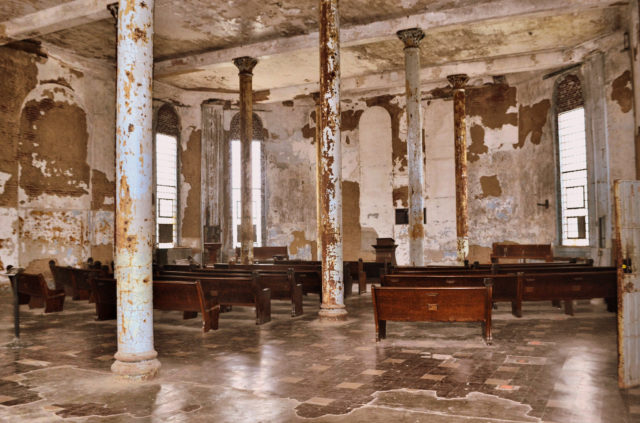
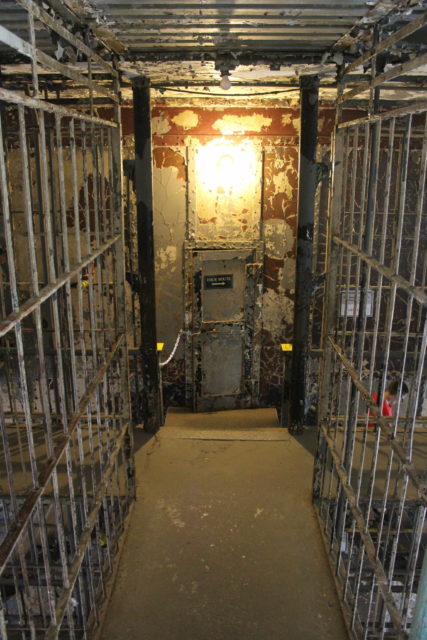
Another Article From Us: North Brother Island: New York City’s abandoned quarantine island is completely overrun by nature
